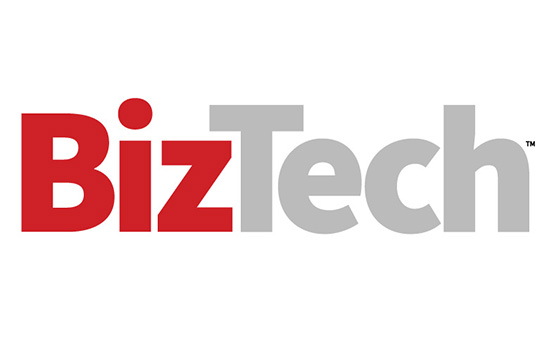Two Unique Approaches to the Hybrid Cloud
The fast-casual restaurant chain Qdoba Mexican Eats divided its workloads between public and private cloud environments after splitting from its former parent company (see “Why Most Businesses Now Run Hybrid Cloud Environments”). The goal is to move as much into Microsoft Azure as possible, keeping only certain “old-school legacy applications that we couldn’t lift” on a private cloud, says Gary Burgess, Qdoba’ director of infrastructure and security.
Pennsylvania Lumbermens Mutual Insurance is moving more cautiously into the public cloud, using it to build a data warehouse for analytics purposes but otherwise using VMware’s virtualization software to manage its onsite data center and its private cloud.
EXPLORE: A new approach to cloud lifecycle management.
Either way, the biggest barrier to effective hybrid infrastructure is figuring out how to manage all of the data holistically and securely — with clear visibility and preferably a single management platform — to ensure that applications perform adequately regardless of location.
While that approach is more complex, it provides the most power and flexibility. The smartest companies move forward with well-designed hybrid cloud strategies and comprehensive action plans.
Ryan Petersen
Follow Ryan @RyanPete
Editor's note: This article was originally published on September 9, 2023 and has been updated.











